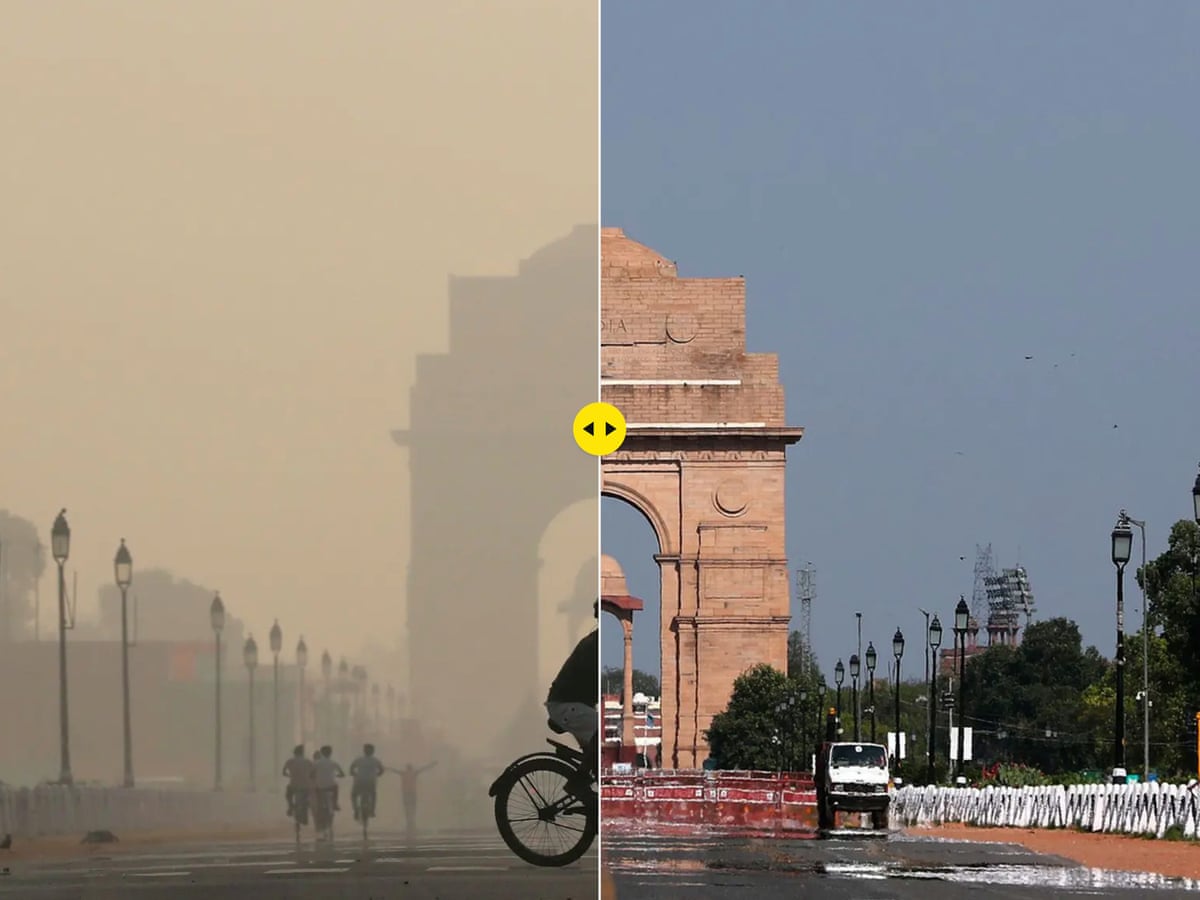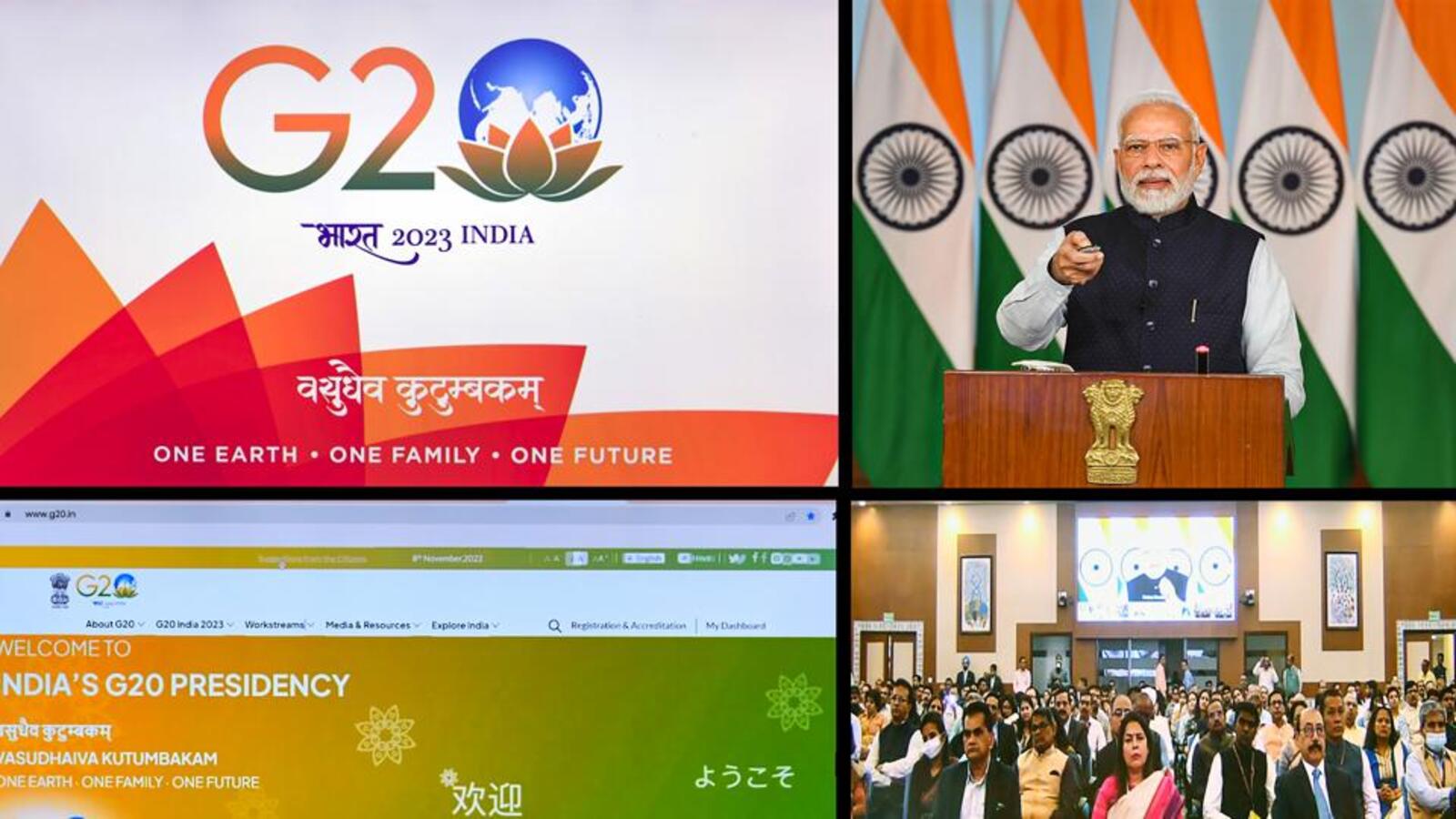
The union home minister, a few state home ministers, and police chiefs attended a meeting organized by the Ministry of Home Affairs (MHA) in the capital at the end of October. The Delhi conference was a crucial event intended to boost the nation’s policing standards through an intellectual interchange.
Present status of Policing
A Tamil Nadu case study The way the recent bomb in Coimbatore and a potential terror-related plan were handled by the Tamil Nadu police also fits this picture and is pertinent to the situation of law and order both in the State and outside.
Delay in severe cases: A segment of the public with sway has accused the Tamil Nadu government of being slothful and delaying giving the National Probe Agency the investigation of the occurrence (NIA). The State Director General of Police (DGP) refuted this, stating that his agency was required to conduct the preliminary inquiry in order to permit an NIA takeover and that it was not possible for them to abruptly discontinue the investigation.
Shifting the blame: The two sides’ verbal sparring has been a regrettable and preventable development, and the truth rests somewhere in the middle. What is more crucial than engaging in a verbal brawl is a review of the existing standard operating procedures, the detection of gaps, and the implementation of corrective actions.
What is a better approach?
Collaboration: It goes without saying that New Delhi is the elder party in this relationship, which is unquestionably one of collaboration. However, there have been events over the years that have seriously damaged public order.
Create a strong sense of camaraderie: These have been the kinds of scenarios that called for a lot of well-trained policemen. With assistance from the Central Reserve Police Force, the Center has consistently contributed (CRPF). There have also been other organizations that have collaborated with the State Police, including the Border Security Force (BSF), the Indo Tibetan Border Police (ITBP), and the Central Industrial Security Force (CISF). Therefore, it becomes sense that the MHA and State Police put their differences aside and instead consider how to develop a solid companionship.
We frequently observe conflicts between States and the Center over the usage or alleged use of the Central Bureau of Investigation. State must collaborate with centre (CBI). Once more, both parties are accountable. However, the fundamental point that has been overlooked is that interstate implications of crime and bureaucratic corruption are something that can only be addressed by a national body.
CBI is required to investigate state-level corruption: Few States’ insensitive decision to revoke the CBI’s permission to operate within their borders reeks of politics and vengeance, which weakens the effort to combat public servant corruption.
Union Government’s role
State must work with the centre: We also regularly observe conflicts between States and the centre on the usage or alleged use of the Central Bureau of Investigation (CBI). Again, all parties are accountable in this situation. However, the fundamental fact that has gone unmentioned is that corruption in government and crime have cross-border implications, and that only a national organisation can provide the much-needed global perspective.
For state-level corruption, the CBI is necessary: The fight against public servant graft suffers as a result of some States’ insensitive decision to revoke their permission for the CBI to operate in their jurisdiction.
Strong political leadership: Petty arguments stifle discussion and weaken the police’s ability to respond to emergency situations that call for their assistance. This is why we require political leadership that encourages a free interchange of skills and resources between New Delhi and the States rather than becoming mired down in minor disagreements.
@the-end
Technology’s exponential growth has had a tremendous impact on how crimes are committed. Our Police must receive excellent, up-to-date training. Politics in the center-state must be separated from police matters.










